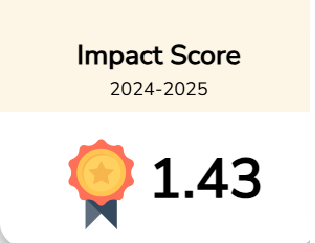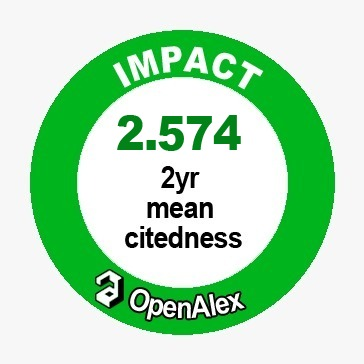A Comparative Study on Percentage of Women (Age 15–49) Attending at Least One Antenatal Care by Skilled Health Personnel in SAARC Countries (2015-2030)
Downloads
Background: Antenatal care (ANC) plays an important role in reducing maternal morbidity and mortality. The South Asian Association for Regional Cooperation (SAARC) is an economic and political organization of eight countries in South Asia. There is an unacceptably high burden of neonatal mortality and stillbirths in the SAARC region.
Purpose: The purpose of this study is to estimate the percentage of at least one ANC visit from 2015 to 2030 from previously available data and to compare the progress among SAARC nations.
Methodology: This is a secondary analysis study. Data indicating percentages of women attending at least one ANC by skilled health personnel in SAARC countries Maternal and newborn health coverage dataset-May 2021 by United Nations International Children’s Emergency Fund (UNICEF) was used. Regression Coefficient was used first to check the strength of the relationship for prediction at a 5 % significance level. Then, the percentages of ANC visits were predicted. To compare the percentages among countries, non-Parametric correlation Kendall’s tau was used.
Findings: Results indicate that SAARC countries are struggling to reach at least one ANC visit. Comparison among these countries has shown no significant trend and it is concluded that there is no significant difference among SAARC countries' women ANC visits from 2015 to 2030 at a 5% significance level for all years.
Practical implications: The estimations of this research would help to develop innovative strategies for uplifting maternal health among SAARC countries to reach Sustainable development goals (SDGs).





